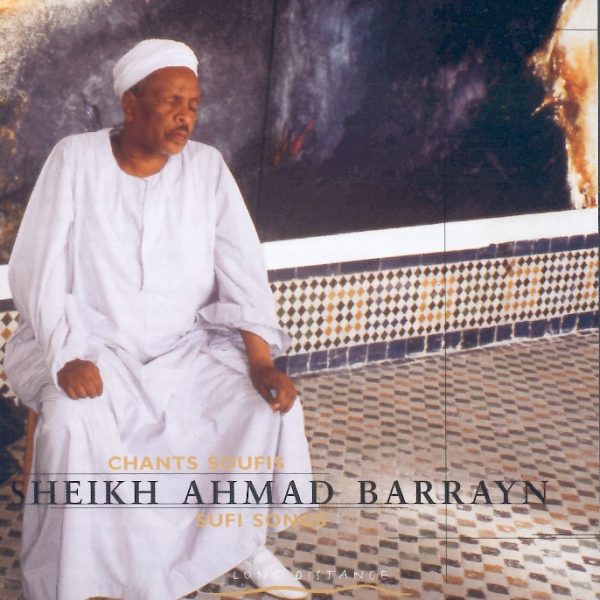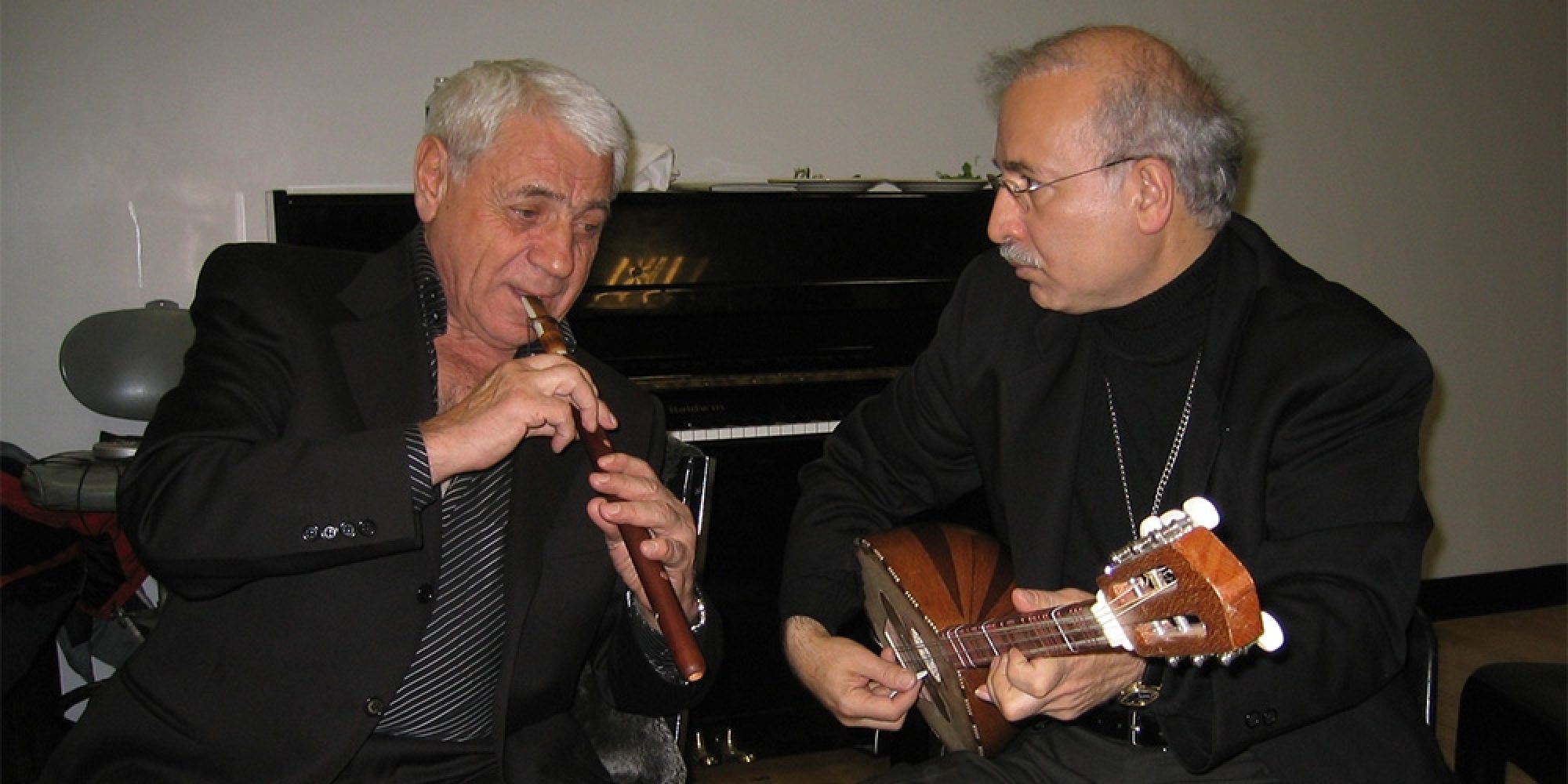Features December 5, 2011
Tarab: Making Music in the Arab World
Related Audio Programs

Hip Deep December 21, 2023
Explore the rich traditions of Tarab in Arab music, its emotional ecstasy, and cultural values, through the insights of A.J. Racy, a renowned ethnomusicologist, and the artistry of legendary Tarab singers like Umm Kulthum, set against the backdrop of Aleppo's Aleppian Tarab tradition and Syrian music culture.









